Many people assume meditation works by boosting alpha brainwaves the rhythm of relaxed alertness often measured in brain training headbands and apps. While alpha (8–12 Hz) is indeed linked with calm focus, it’s only part of the story. Meditation unfolds across a dynamic spectrum of brain states, from the deep intuition of theta waves to the heightened awareness of gamma rhythms. By focusing too narrowly on alpha, practitioners risk limiting themselves to a beginner-level experience and missing the deeper cognitive, emotional, and spiritual benefits meditation offers.
In truth, meditation is less about chasing a single brainwave and more about evolving through a range of states that support relaxation, insight, compassion, and self-awareness. Whether you’re a beginner using feedback tools or an experienced meditator exploring advanced practices, understanding this broader landscape can help you grow.
Why Isn’t Alpha the Full Picture of Meditation?
Alpha brainwaves are often emphasised because they’re easy to measure and associated with calm focus. This makes them beginner-friendly, especially when biofeedback devices reinforce alpha increases with soothing sounds or visual cues. But meditation isn’t one-size-fits-all. Different techniques and skill levels evoke very different neural signatures that go beyond alpha.
What Happens to Brainwaves as Meditation Deepens?
-
Theta waves (4–8 Hz): Common in mindfulness and transcendental meditation, linked with deep relaxation, memory integration, and intuition.
-
Gamma waves (30–100 Hz): Observed in advanced practitioners like Tibetan monks, associated with compassion, insight, and high-level cognitive integration.
-
Cross-frequency coupling: Different rhythms synchronising together, reflecting the brain’s capacity for balance and integration in deeper states.
As practice matures, meditators often shift toward these complex states something alpha alone cannot capture.
What Are the Risks of Focusing Only on Alpha?
-
Stagnation: Beginners may plateau, believing they’ve “mastered” meditation when alpha stabilises.
-
Misinterpretation: Practices like open-monitoring or compassion meditation may naturally reduce alpha, leading practitioners (or devices) to misjudge them as less successful.
-
Gamification traps: Headbands and apps can unintentionally reward alpha chasing, distracting from the deeper self-transformative aspects of practice.
How Do Different Meditation Traditions Influence Brainwaves?
-
Focused attention (Zen, breathwork): Often increases alpha initially.
-
Mindfulness (Vipassana, body scans): Strengthens theta for memory and relaxation.
-
Compassion and loving-kindness: Enhance gamma rhythms tied to empathy and integration.
Each path activates the brain differently, reminding us there’s no universal “best” brainwave for meditation.
Beyond Brainwaves: What Truly Matters in Meditation?
While brainwave patterns offer fascinating insights, meditation is ultimately about lived transformation. Benefits such as emotional regulation, compassion, self-awareness, and reduced mental chatter emerge from whole-brain and whole-body integration not from one frequency alone.
Over-relying on alpha as the measure of progress risks missing meditation’s deeper gifts: inner peace, connectedness, and the ability to navigate life with clarity.
Where Technology Fits In
Personal neurotechnology has made meditation more accessible by offering feedback, guidance, and motivation. But devices are tools not the destination. They should support, not define, the journey.
This is why solutions like neuroVIZR focus on creating immersive, brainwave-informed experiences that go beyond a single metric. By blending light, sound, and neuroscience-backed design, it helps guide the mind into varied beneficial states opening more than just the “alpha door.”
Conclusion: Meditation Is a Spectrum, Not a Single State
Alpha brainwaves may be an entryway, but they are not the essence of meditation. True growth comes from exploring the full spectrum relaxation in theta, integration in gamma, and the dynamic interplay of rhythms that shape consciousness. Whether supported by tradition, personal practice, or modern tools, the measure of meditation isn’t how much alpha you generatit’s how it transforms your awareness, your relationships, and your life.



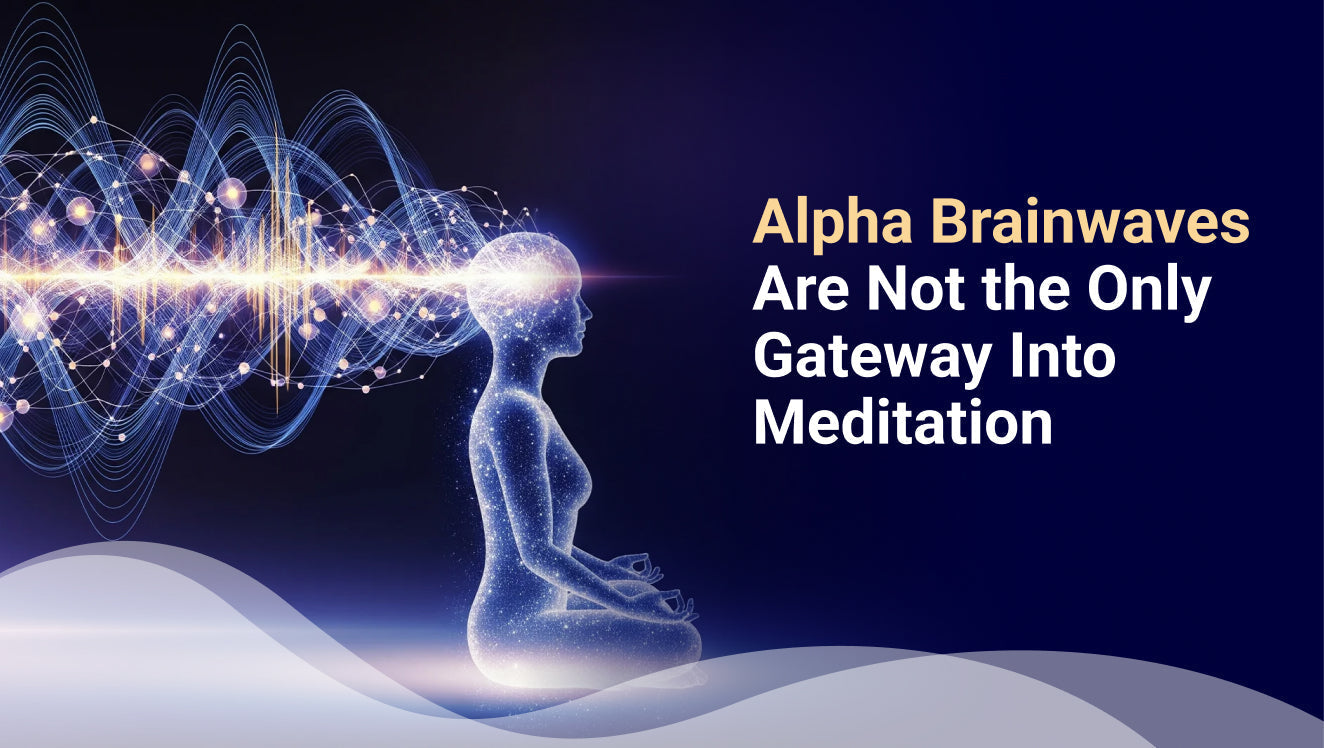





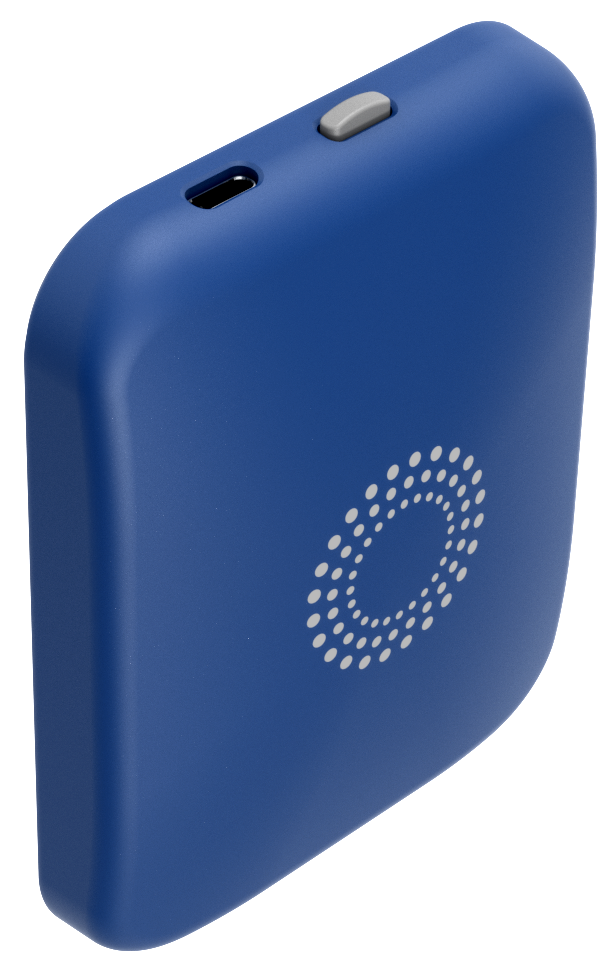
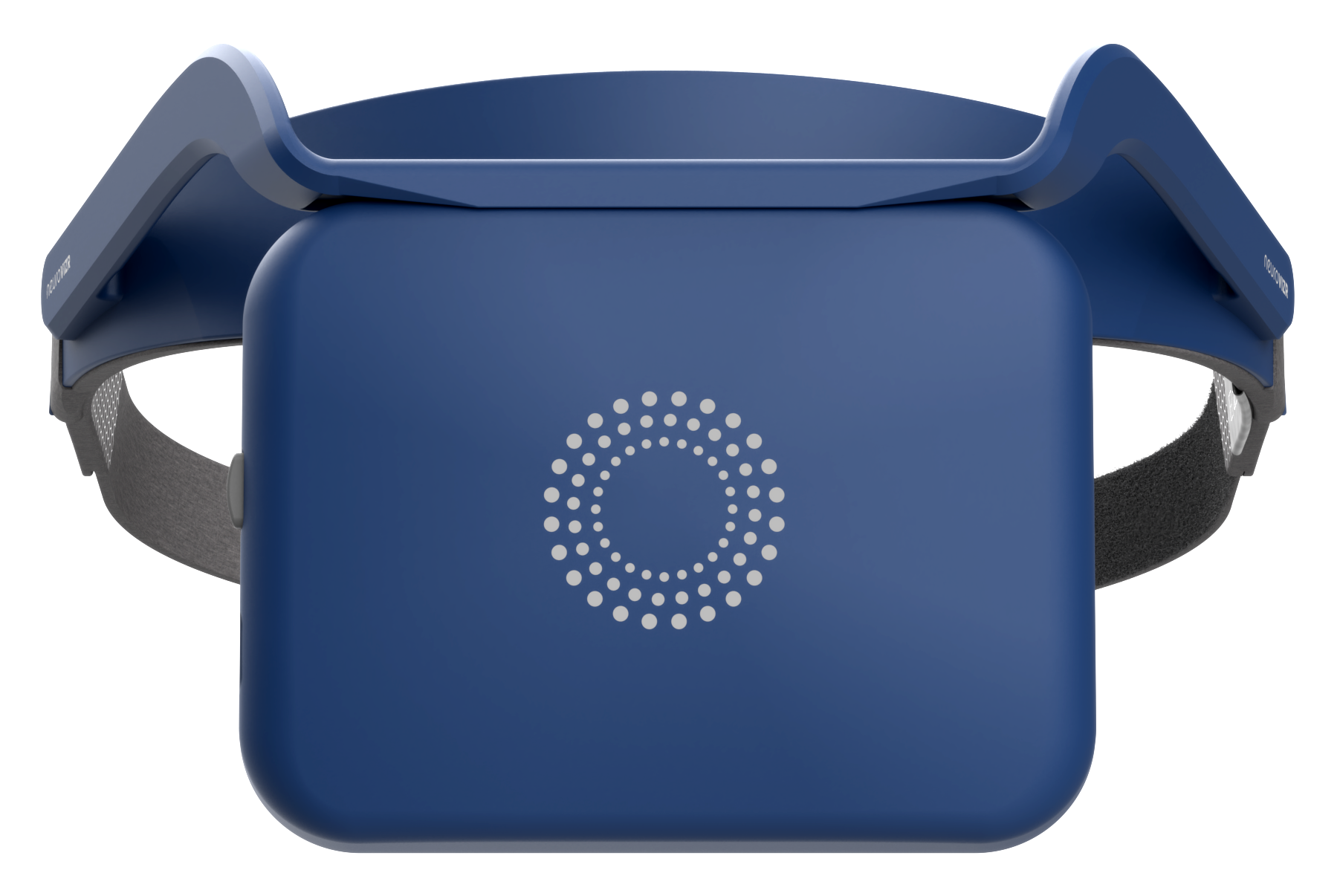


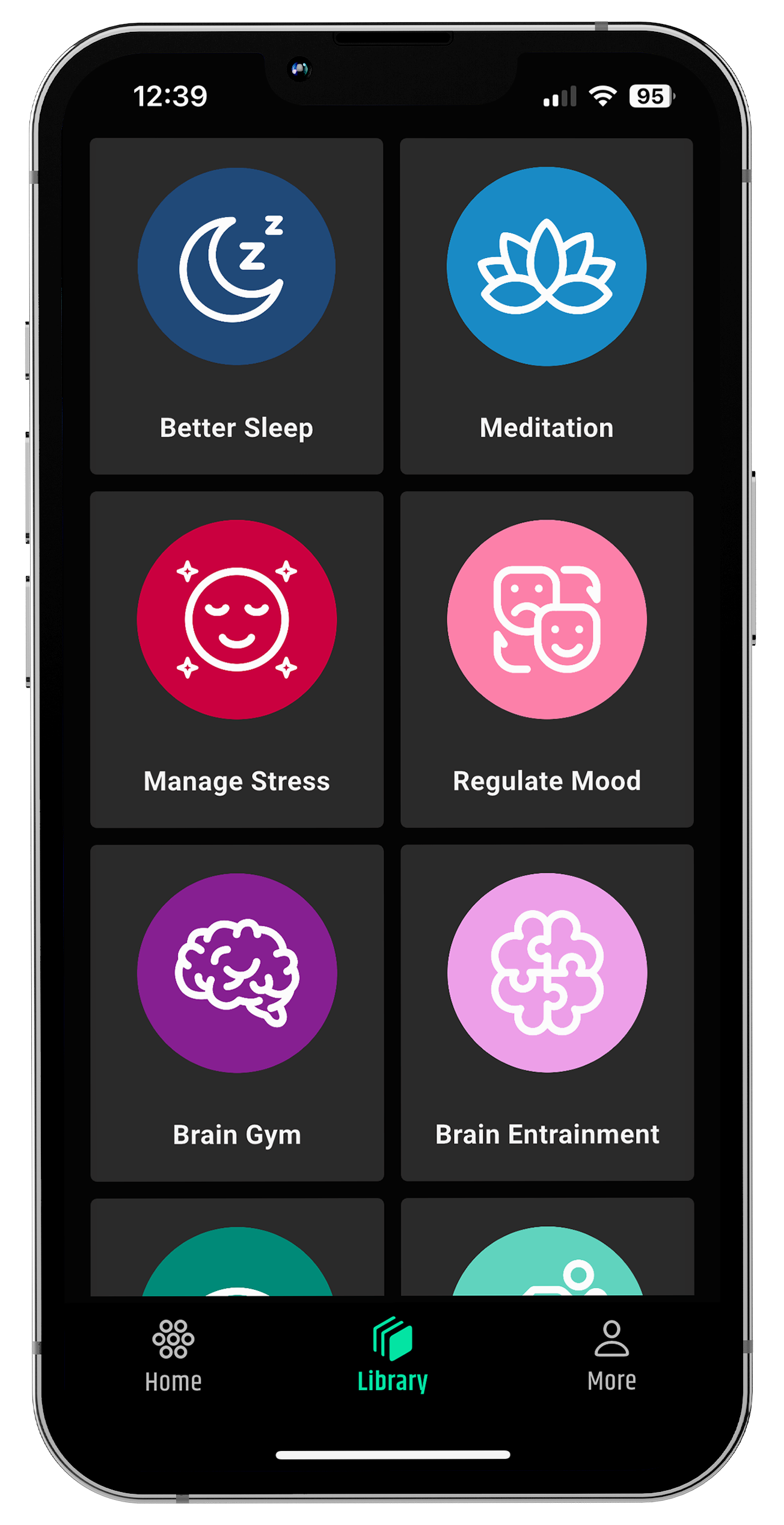
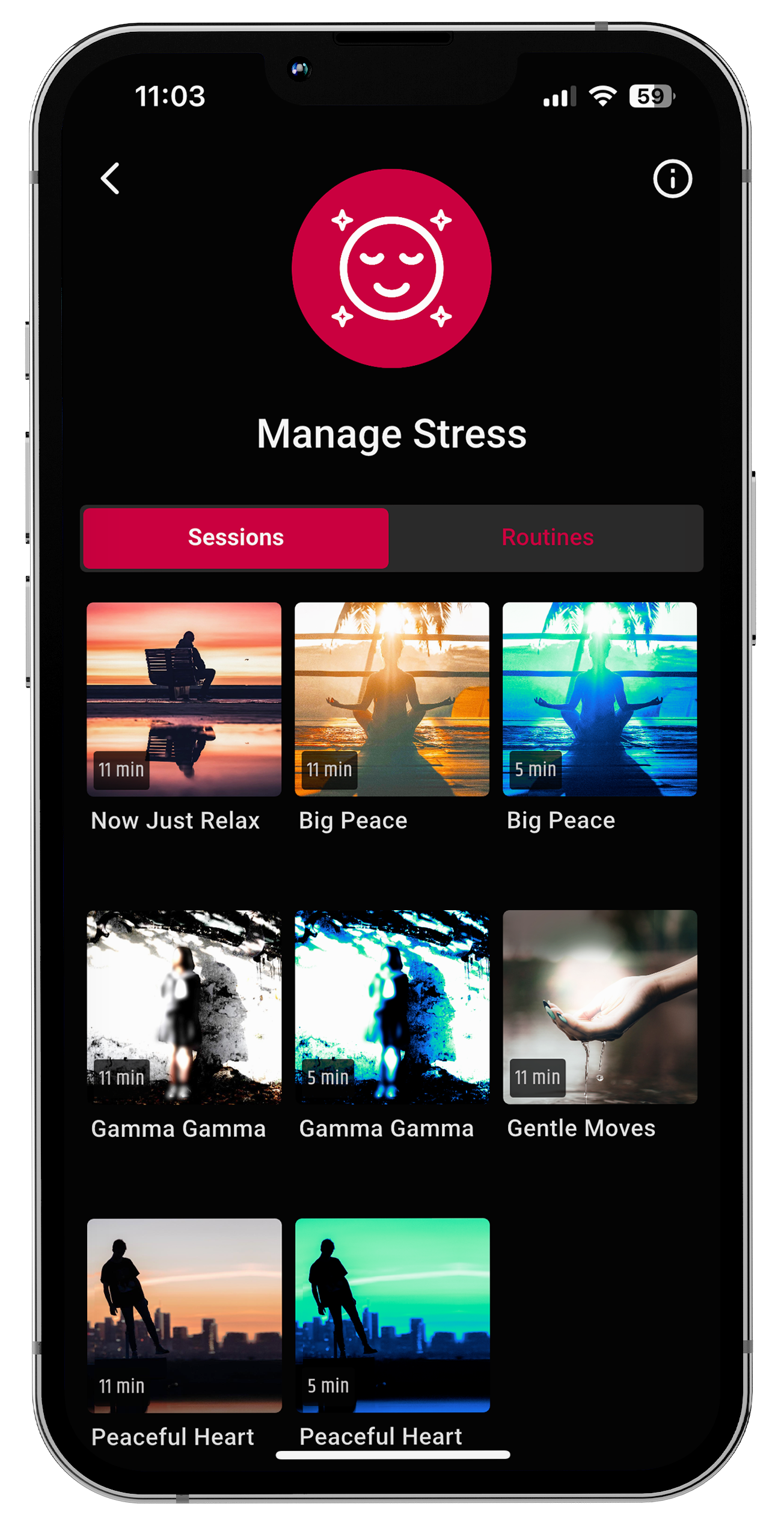
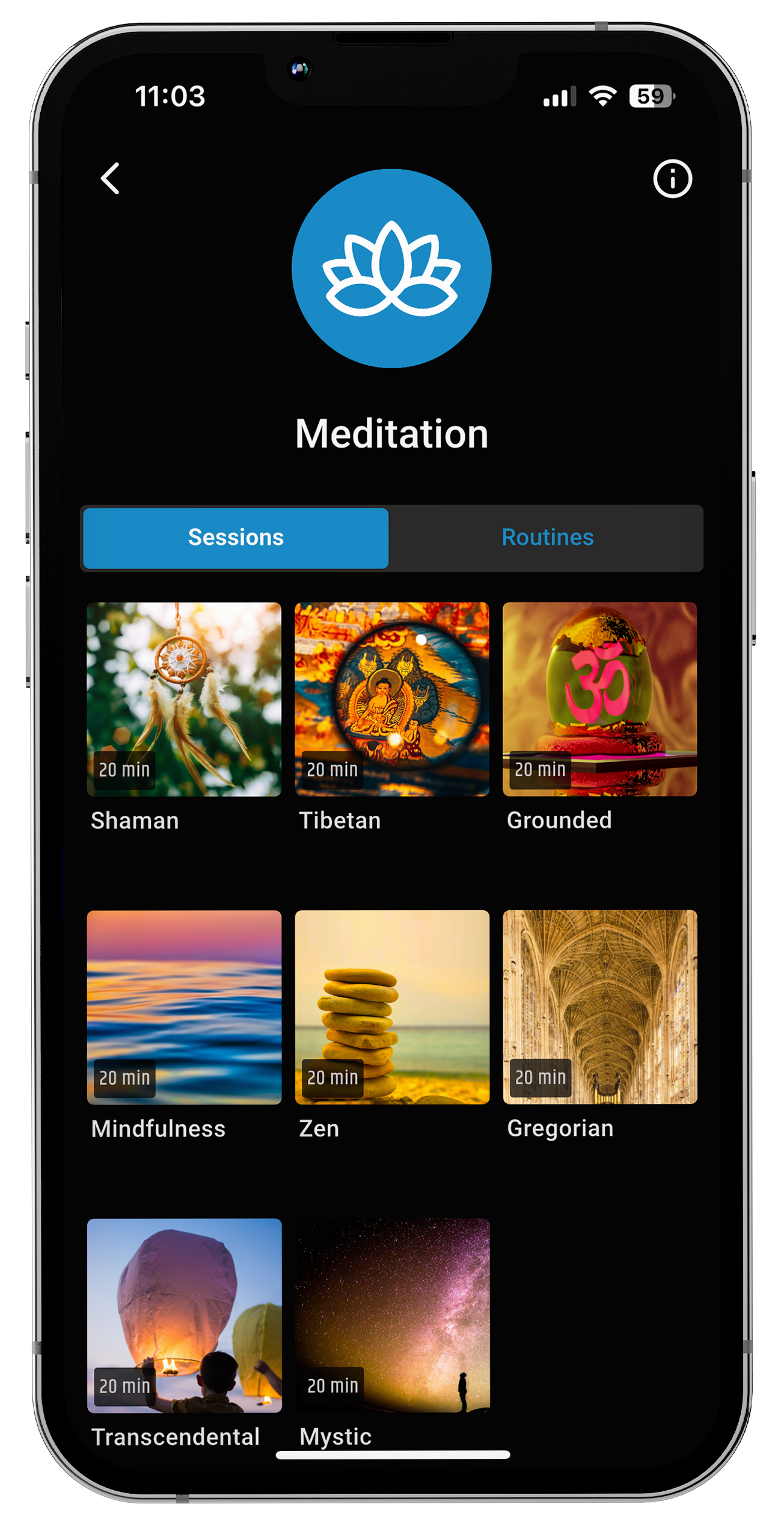
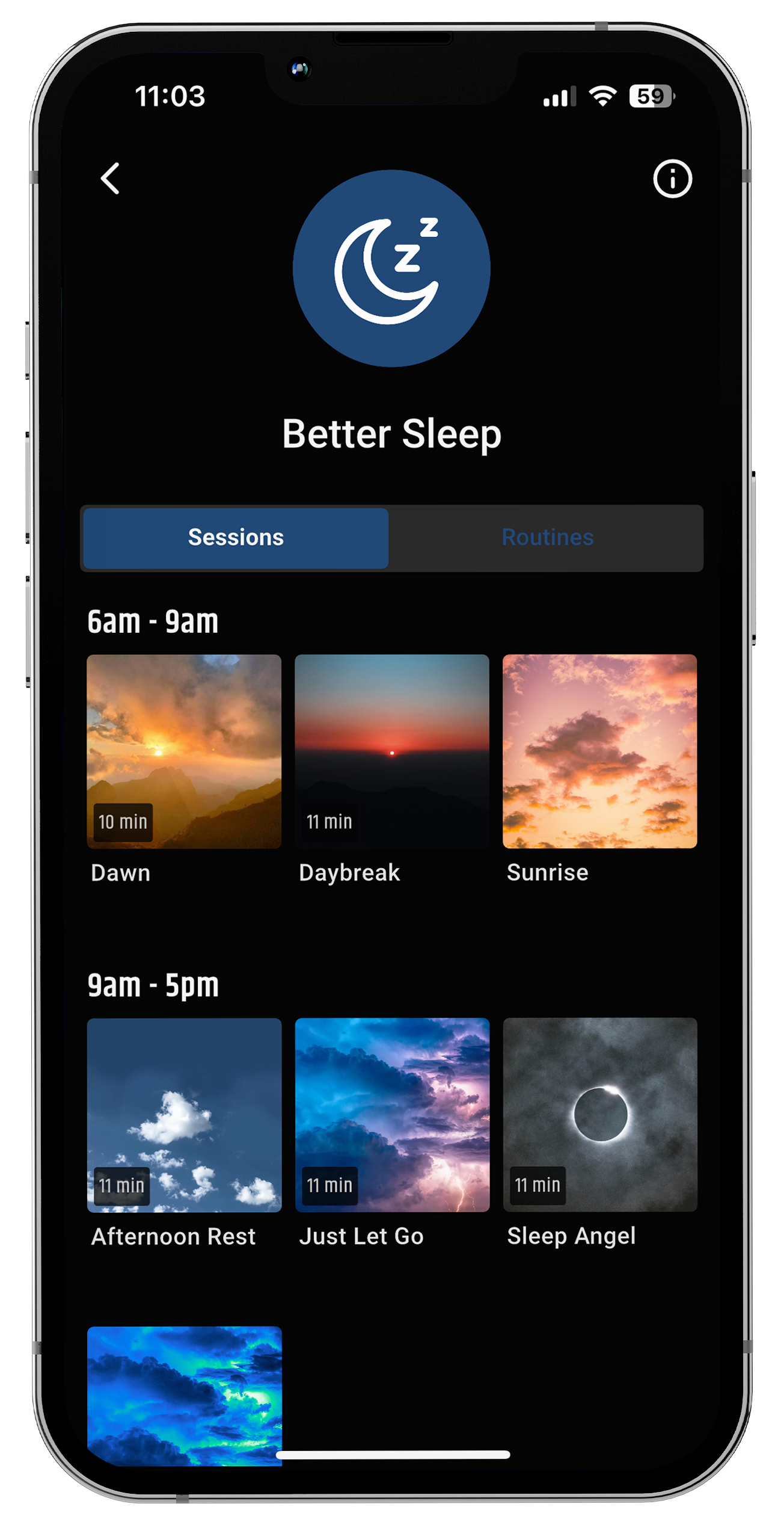
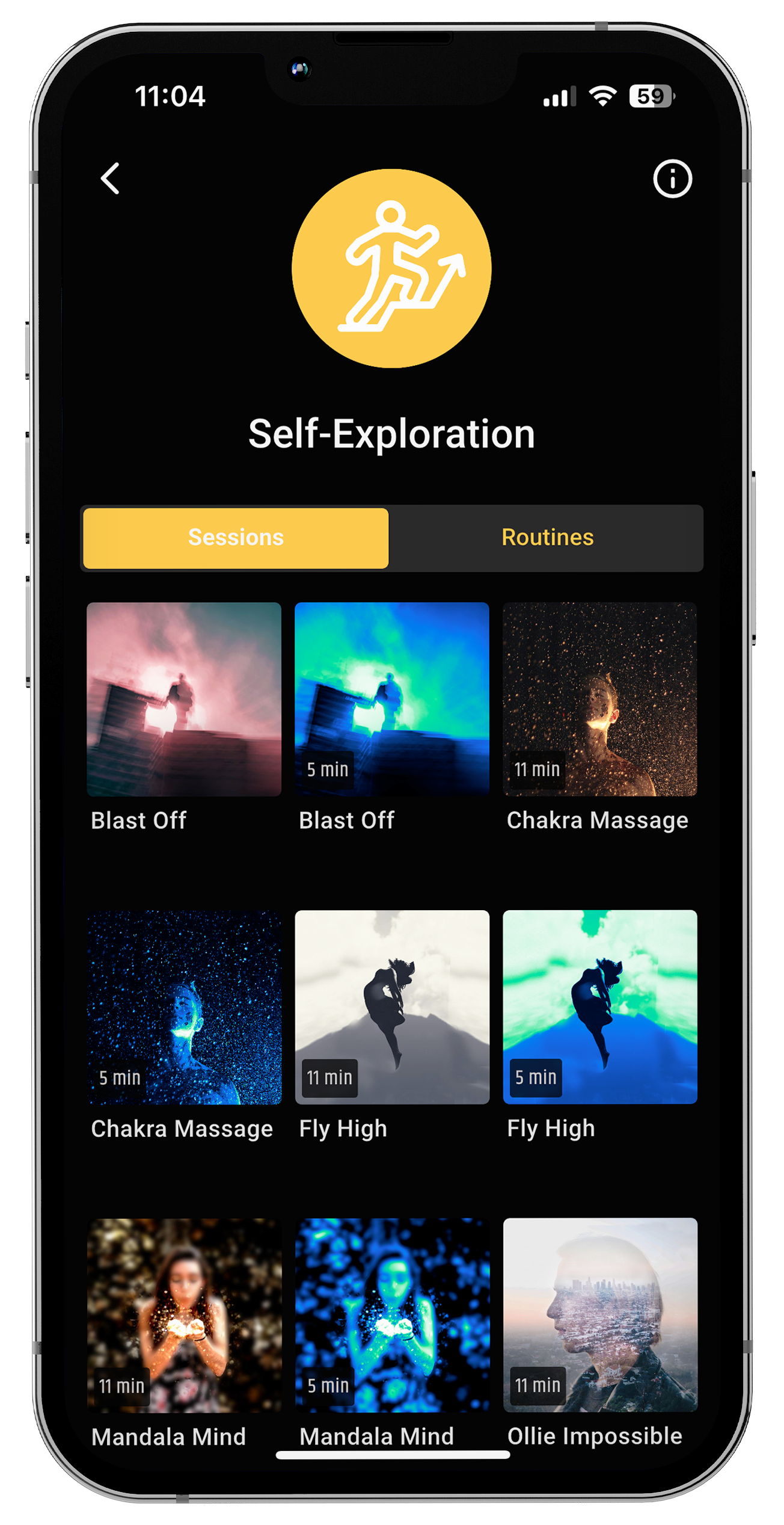








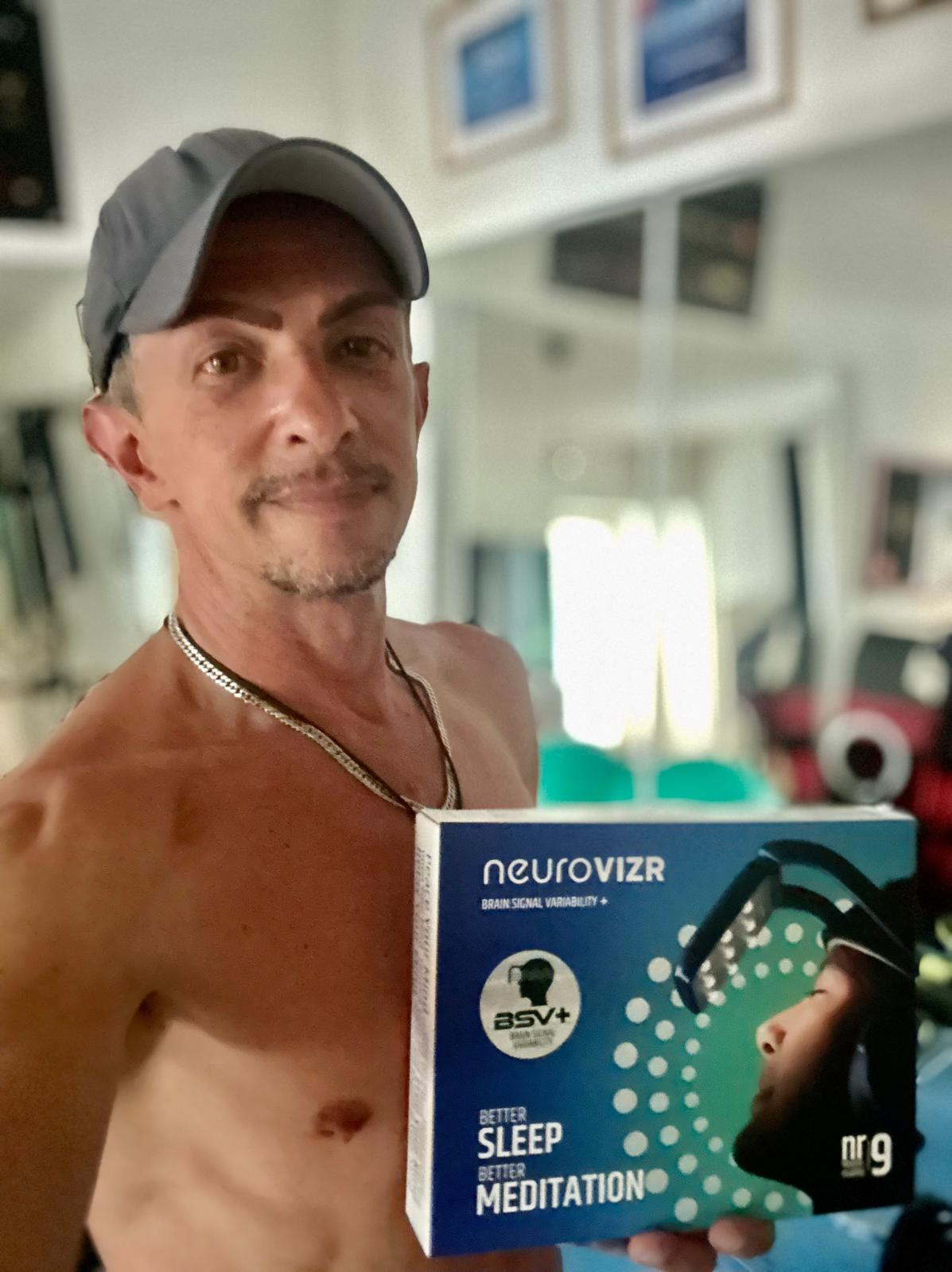
Partager:
Quel est l’effet du bruit blanc sur votre cerveau ?
Brain Prime & Brain Time – Managing Brain Change